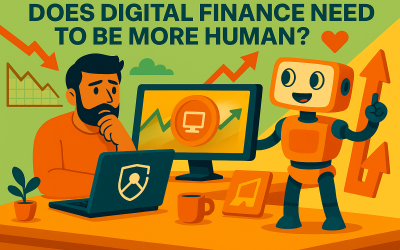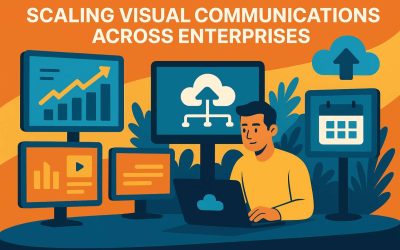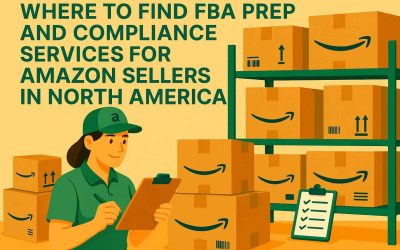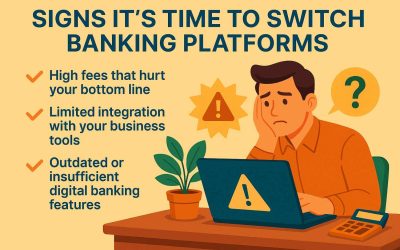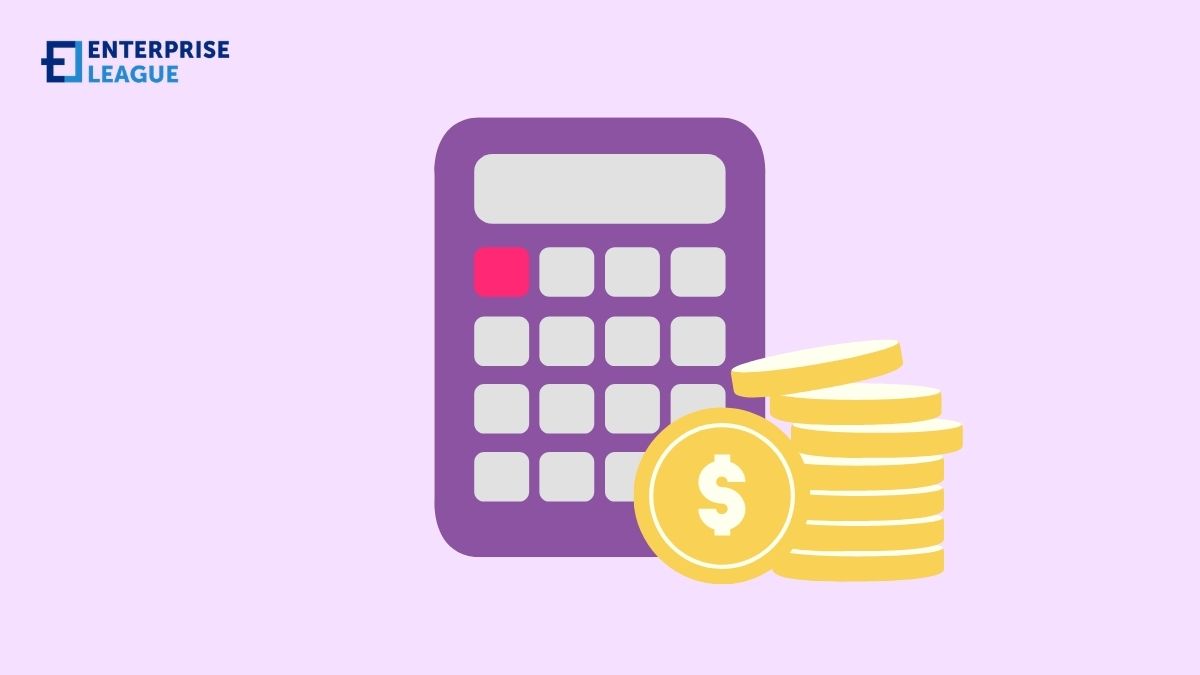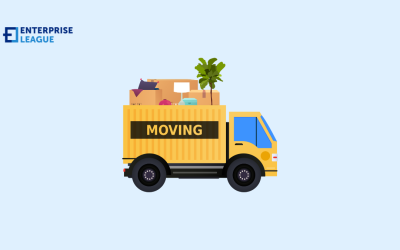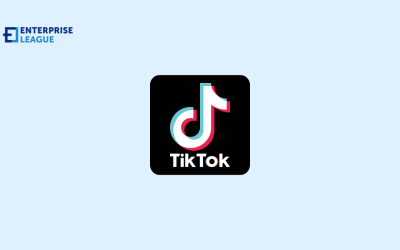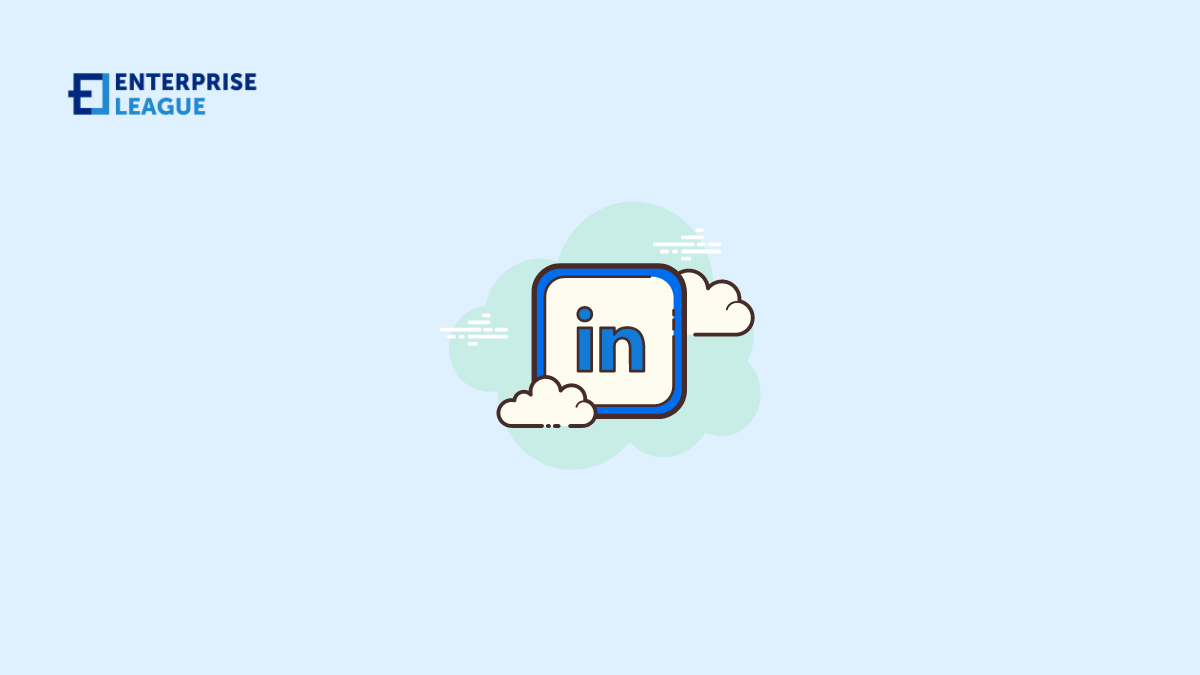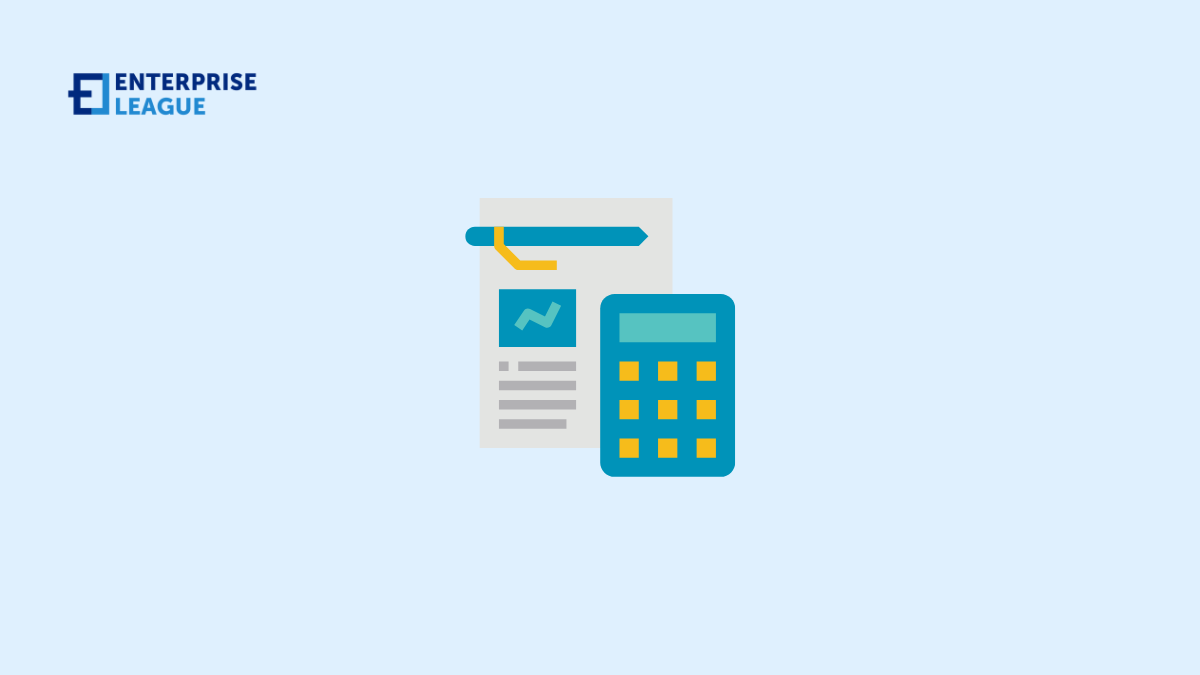As technology advances, the financial industry continues to transform through digitization, giving rise to innovations like cryptocurrencies and algorithmic trading. While these developments have made finance more efficient and accessible, an important question...
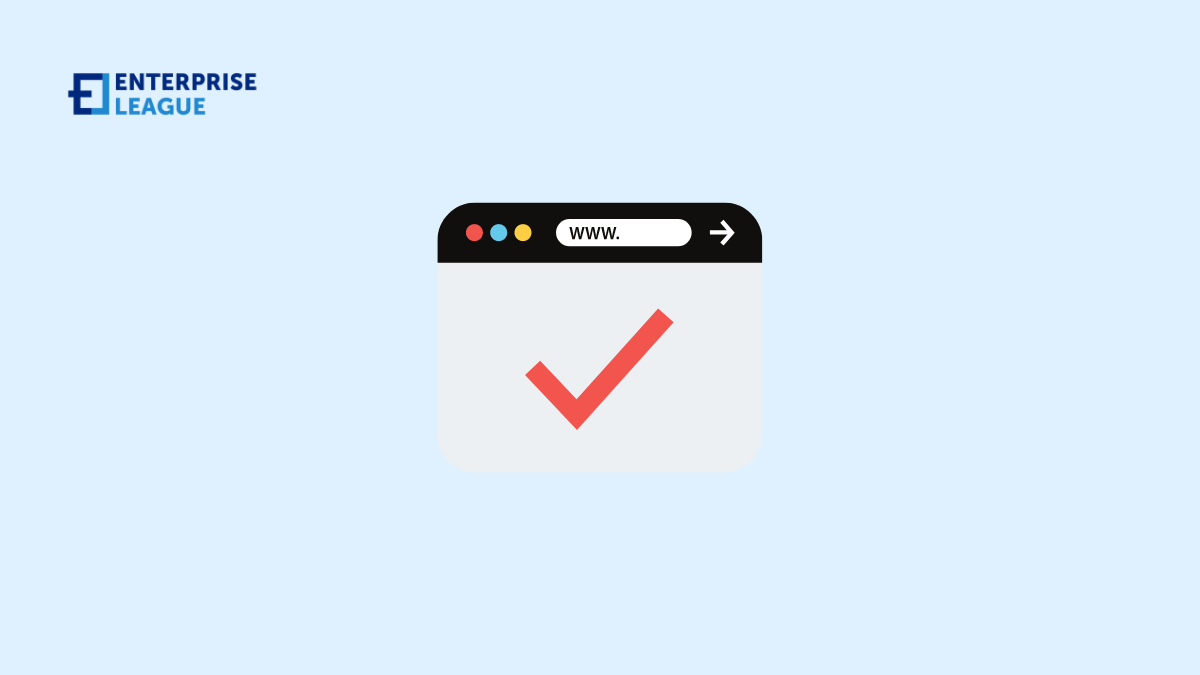
Domain name branding: A quick guide (2025)
One of the most important parts of building a website is choosing the right domain name that perfectly suits your goals, products, and services. If you fail to do this properly, you might damage your brand’s reputation.
A domain name is technically an address of a website. It’s a part of the Domain Name System (DNS) that allows internet users to enter a series of words rather than a set of numbers. Also, it functions not just as an address but as a first impression visitors will have about your brand.
This is especially true regardless of your field of expertise, whether you’re a small business owner, a corporation, a freelance writer, or a professional service provider. That’s why the right domain name is as important as your brand logo and company name. You can visit VentraIP’s official site and other reliable online resources to learn how domain name branding can help you increase visibility and build trust.
5 tips on choosing the best domain name for your brand
Now that you know how important domain name branding is, it’s time to go over some useful tips that may help you do that properly.
Choose an extension carefully
A domain extension is the last URL segment after the domain name. The most popular extensions are .com, .net, .co, and .org. Among these options, .com is the most popular.
But what if .com is already taken by someone else? Is it the end of your website? Not at all. As mentioned earlier, there are other popular extensions you can use aside from .com. On top of that, other extensions such as .xyz, .shop, .art, .inc, .online, and .club, are becoming more common. Also, some extensions may help you become more relevant in the industry you belong to, such as .technology and .marketing.
Country code extensions are on the rise as well such as .us (for the United States), .ca (for Canada), .au (for Australia), .uk (for the United Kingdom), and .sg (for Singapore). Regardless of these types of extensions, you want one that’s cohesive, relevant, and shows credibility.
Use targeted keywords
Keywords aren’t only for content but also for domain name branding. Search engines analyze domain names to understand your website and help them determine your site’s rankings. That’s why it’s important to add your keywords as much as possible.
However, be careful when choosing a keyword. You want to make sure the keyword you’ll use is relevant to your brand and targets the right audience. If you’re having difficulty choosing the right one, you may use a keyword search tool online. This tool can help you explore thousands of keywords based on different factors to determine the terms people often use when browsing the internet.
Make the domain name easy to pronounce
When choosing a domain name, make sure it’s something people will remember easily. If you try to come up with words only you can understand, people will get confused, even if you use the .com extension.
Although word-of-mouth is a powerful marketing method, it’ll be useful if people can remember and pronounce your domain properly. This can increase the chances of people passing and visiting your website. So, what should you do?
When choosing your company name and eventually your domain name, use words familiar to your target audience. If you’re planning to sell fishing tackles, you may try domain names like ustackles.com, fishandtackle.com, or tacklesandreels.com. As you can see, these are simple and easy to remember rather than pointless cute invented names.
Don’t use hyphens
Hyphens can make your domain name look stylish and creative. Also, they’re popular in most European countries such as the United Kingdom and the Netherlands. However, they’re hard to express verbally. Imagine yourself saying the word ‘hyphen’ or ‘dash’ out loud when advertising your website’s URL. It looks awkward and might be misunderstood by many people as a whole word included in your domain name instead of punctuation.
Not just that, hyphens also make it more difficult to type a website’s domain name, resulting in a poor user experience. This means people who want to visit your site may end up not visiting it because of a hard domain name, leaving them no choice but to go to other websites.
Keep the domain name short
Short domains work much better than long ones. The reasons are quite obvious: they’re easy to type and remember, resulting in positive user experiences.
Today, short domain names are becoming more and more important as the number of mobile users continues to increase. That’s because they fit the small screens compared to long ones, making it easy for mobile users to remember the site they visit. Also, long URLs often scare site visitors. If you make your domain names unnecessarily complicated, your audience might raise suspicions about you.
Conclusion
Domain name branding is a crucial step when building a website. You want your domain name to be as simple as possible so people can easily recognize and remember it. Furthermore, you can use the tips above to make a winning domain name that can boost your site’s traffic and ranking.
Today, short domain names are becoming more and more important as the number of mobile users continues to increase. That’s because they fit the small screens compared to long ones, making it easy for mobile users to remember the site they visit. Also, long URLs often scare site visitors. If you make your domain names unnecessarily complicated, your audience might raise suspicions about you.
More must-read stories from Enterprise League:
- The golden rules you need to build a steady buyer-seller relationship.
- 18 popular entrepreneurship myths debunked.
- 26 proven customer appreciation ideas that business owners should implement.
- The relevance of print marketing and how to make it work for your business.
- Get entertained and educated with these 20 best business movies.

